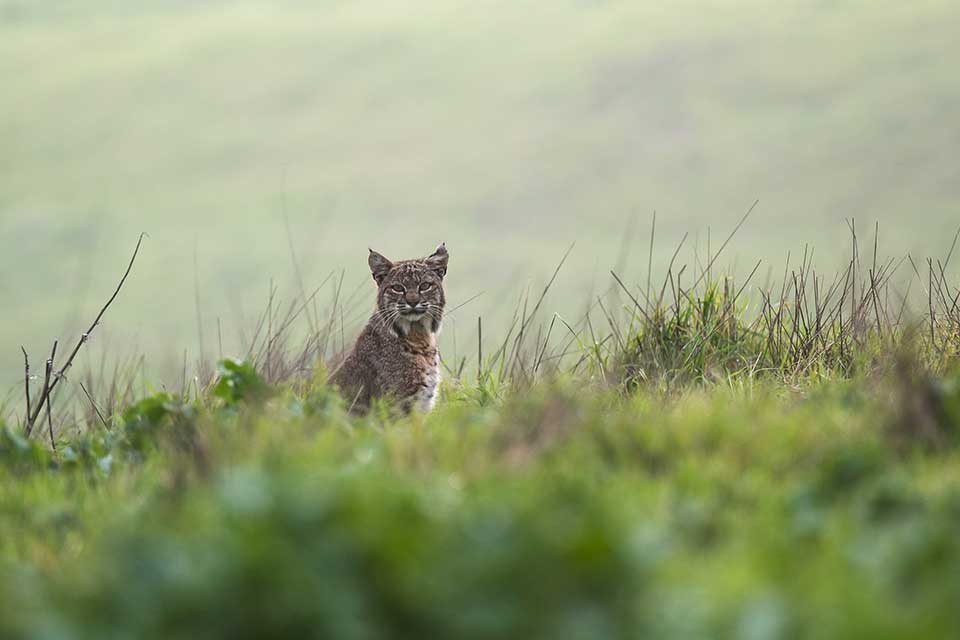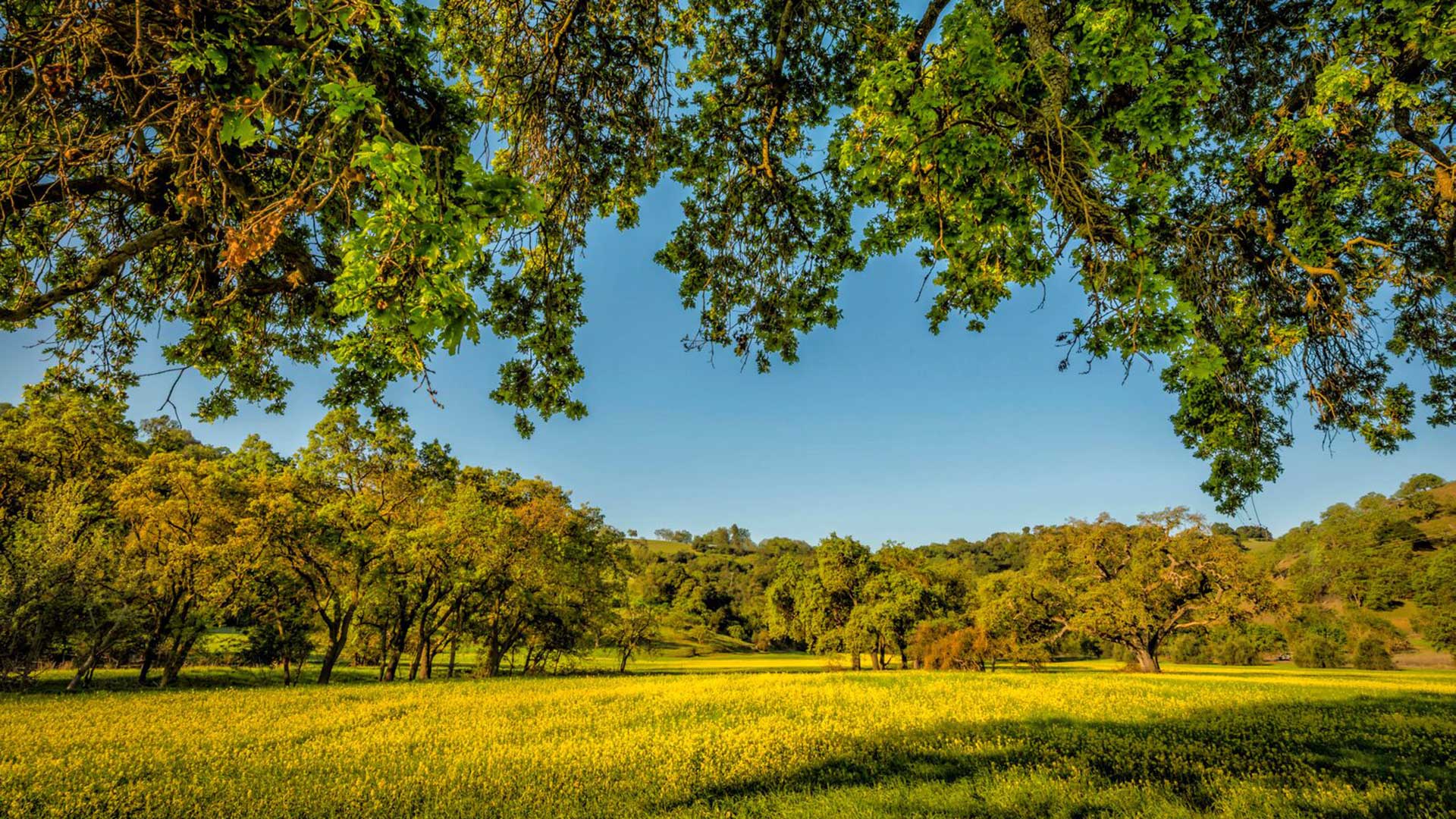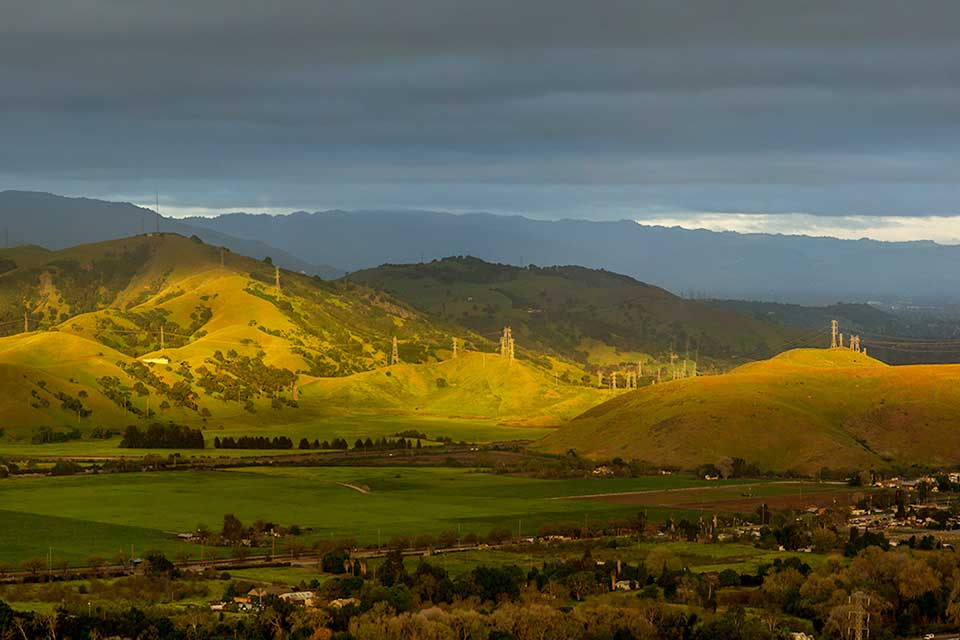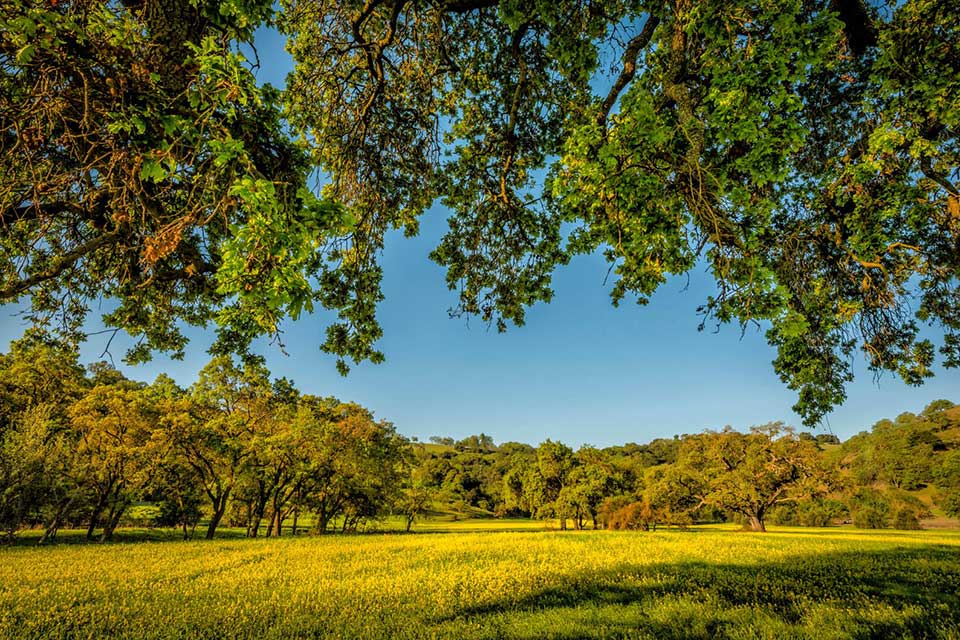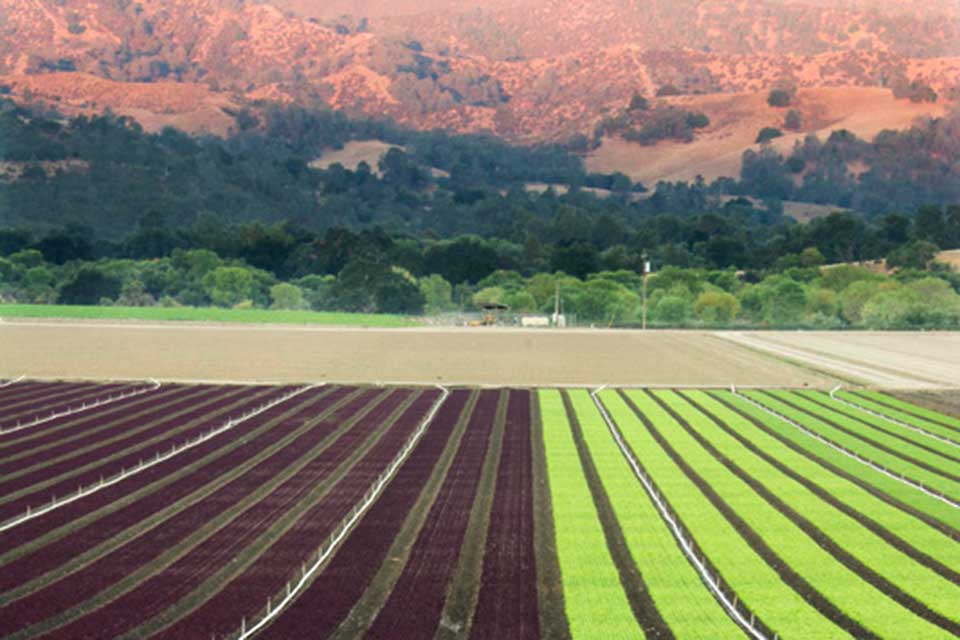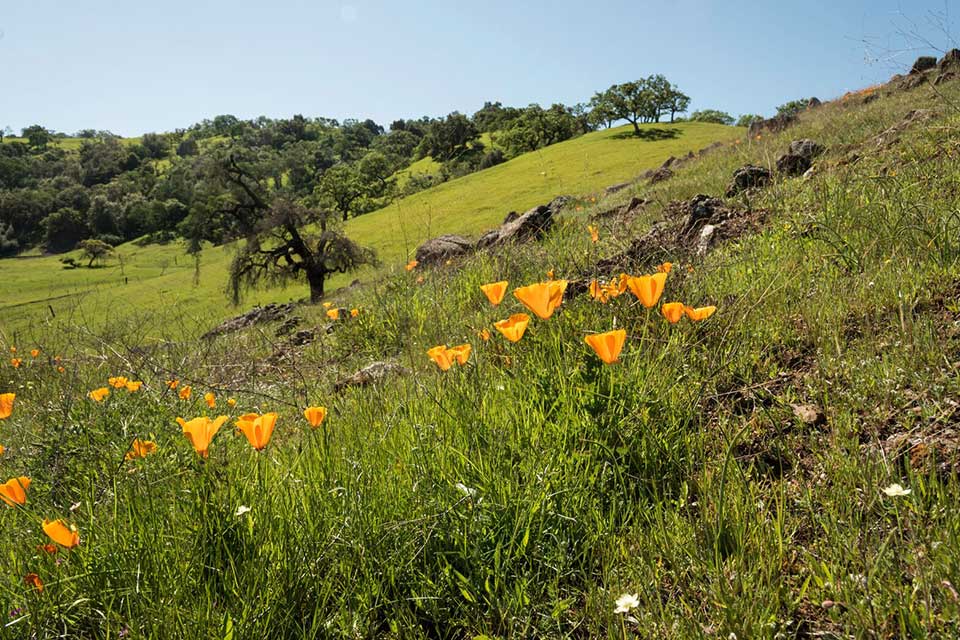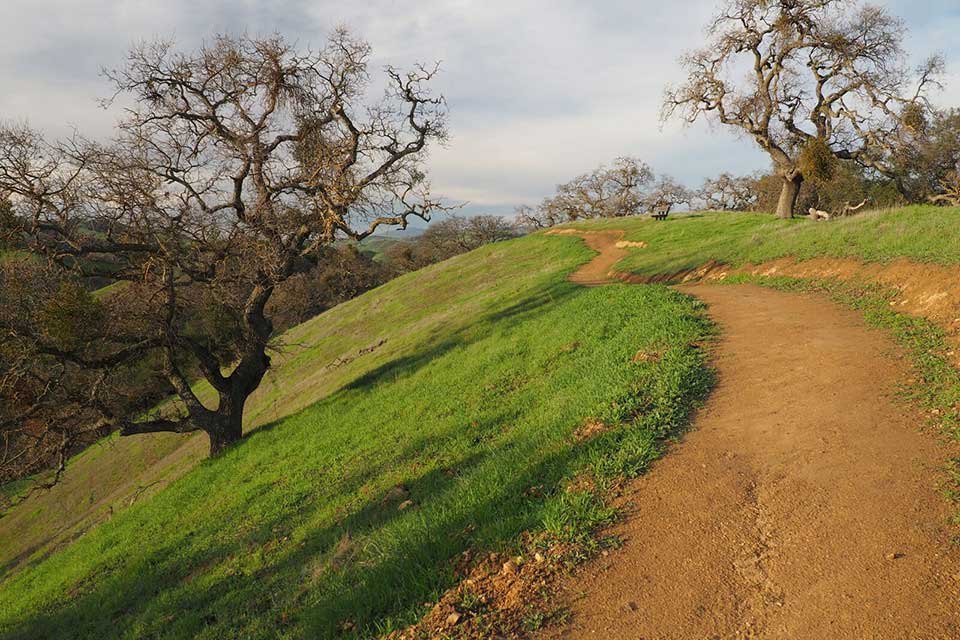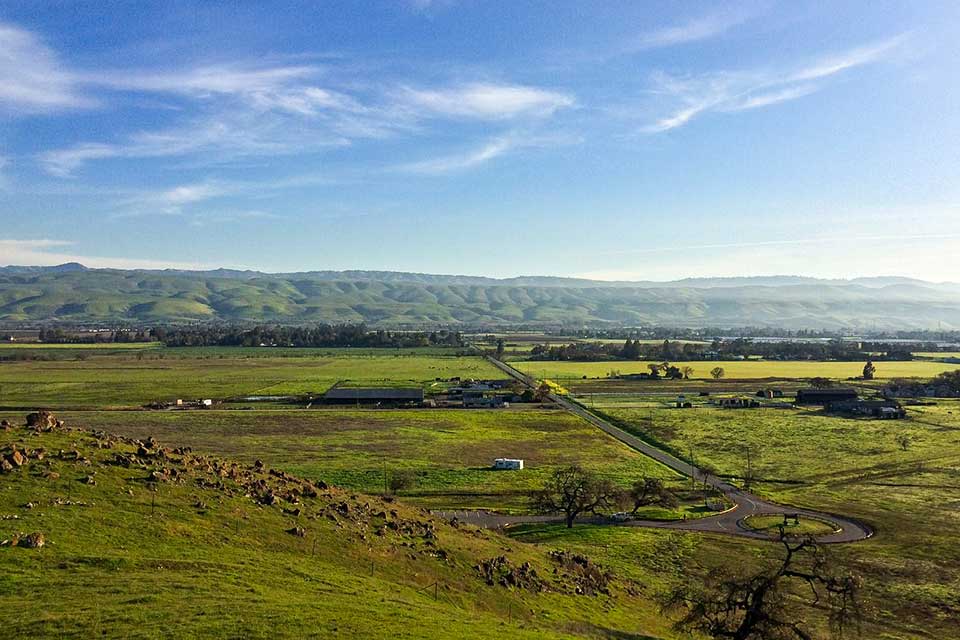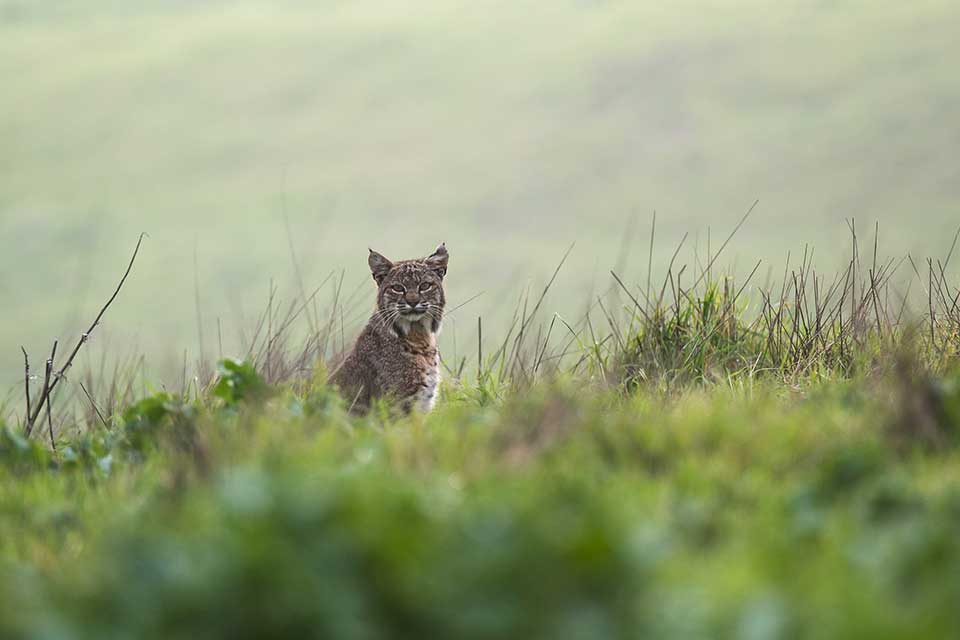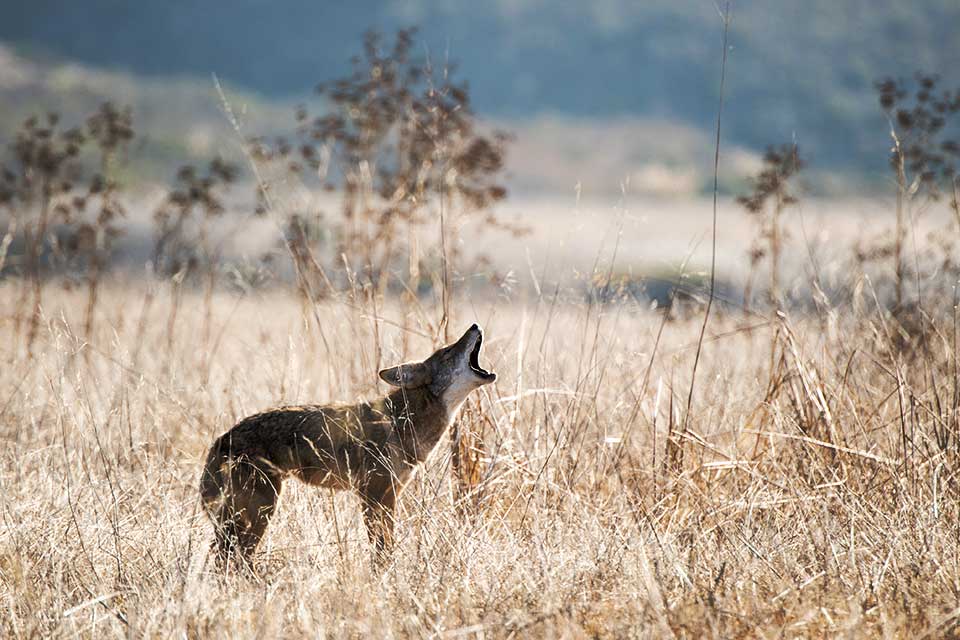Introduction
The 7,400-acre Coyote Valley, located near San Jose, California, has a long agricultural history, and much of the land continues to be actively farmed. Once inhabited by native peoples, the site also serves as an essential wildlife corridor that provides a critical habitat for numerous species, some of which are endangered. Today, the San Jose area is known worldwide as Silicon Valley, the home of global leaders in the high-tech industry. Coyote Valley is the largest undeveloped landscape overlaying Silicon Valley’s groundwater aquifer and provides 2,500 acres of floodplain to mitigate flooding. Sprawl, a concern for decades, has recently become more acute and threatens this ecologically and culturally rich area.
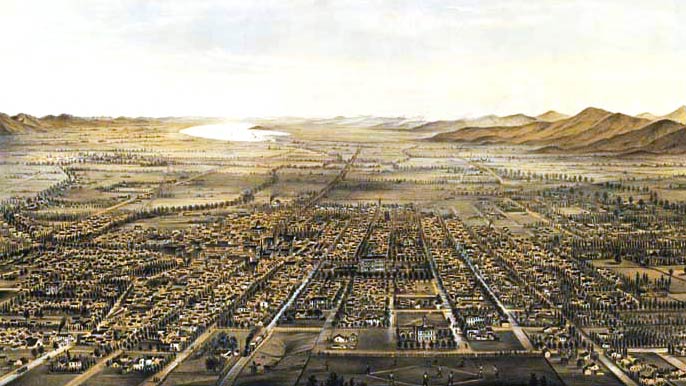 “City of San Jose. Cal. 1875,” image courtesy of Library of Congress
“City of San Jose. Cal. 1875,” image courtesy of Library of Congress
History
Northern California’s Coyote Valley is located within Santa Clara County (one of the nine counties of the San Francisco Bay Area) at the southern edge of San Jose, the nation’s tenth-largest city, with a population of more than one million. Historically, the valley was the ancestral lands of native peoples, the Amah Mutsun and the Muwekma Ohlone.
San Jose was founded by Spanish settlers on November 29, 1777, as Pueblo de San José and was California's first civilian settlement. It was incorporated on March 27, 1850, one of the earliest incorporated cities in California, and was the site of the first state capitol. Before the turn of the twentieth century, Coyote Valley was characterized by five major habitat types and contained Laguna Seca, one of the largest wetlands in the Bay Area. In the twentieth century, when agriculture was dominant, the area was called the “Valley of Heart’s Delight.”
Today, the 7,400-acre area includes farms and ranches and contributes to the cultural identity, economic vitality, and aesthetic appeal of the region. Most significantly, Coyote Valley is a critical link between the Santa Cruz Mountains to the west and the Diablo Range to the east—collectively some 1.1 million acres of open space—providing an essential wildlife corridor for mountain lions, bobcats, American badgers, gray fox, coyotes, the western burrowing owl, and many other species, some of which are endangered. The San Jose area, to the north, is known as Silicon Valley and has become home to high-tech and other corporations, including Apple, eBay, Hewlett Packard, Oracle, Tesla, and Yahoo. According to the conservation-focused Santa Clara Valley Open Space Authority, created by the California state legislature in 1993: “The five historic major habitat types … have experienced 85 to 100% declines due to the conversion to the various agricultural and urbanized land uses, which has increased surface water runoff and reduced natural groundwater recharge. Freshwater wetlands declined 85-91%; primarily Laguna Seca, which underwent significant hydrologic alteration as the region was developed.”
Landslide Themes
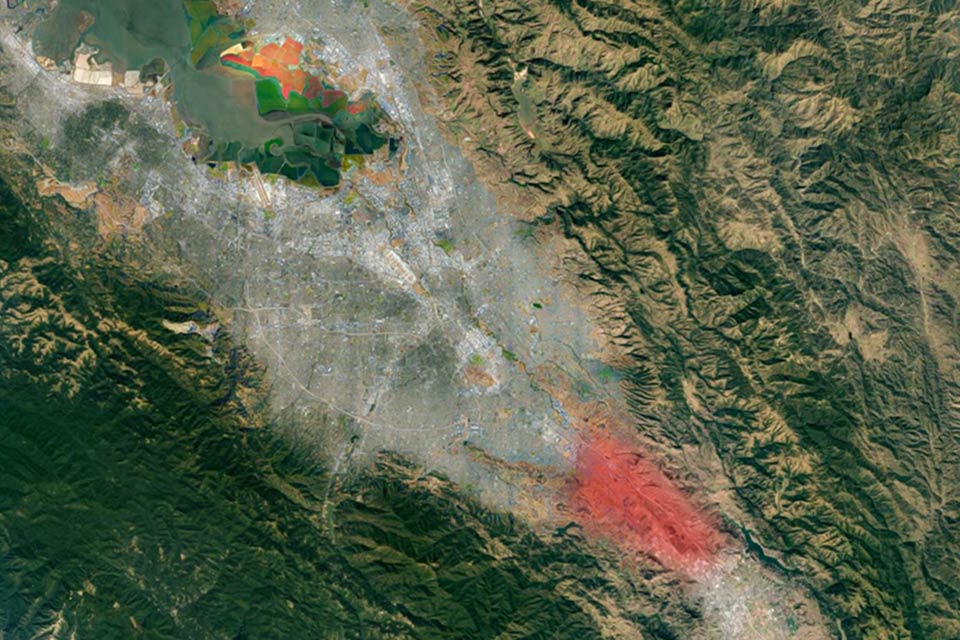
Threat
Sprawl, which has been a concern in the area for several decades, has become more acute. A recent report by the Greenbelt Alliance, a San Francisco-based advocacy group founded in 1958, notes that about half of Coyote Valley is at risk of being developed. According to the Alliance, San Jose’s general plan (the city’s blueprint for development) has long held that the northern portion of Coyote Valley should be developed as a jobs center and the middle portion developed for housing. When the general plan was updated in 2012, plans for housing development in middle Coyote Valley were shelved through 2040, but the city remained keen to see job development in northern Coyote Valley. And yet the northern portion of Coyote Valley is the most important in terms of water resources and wildlife.
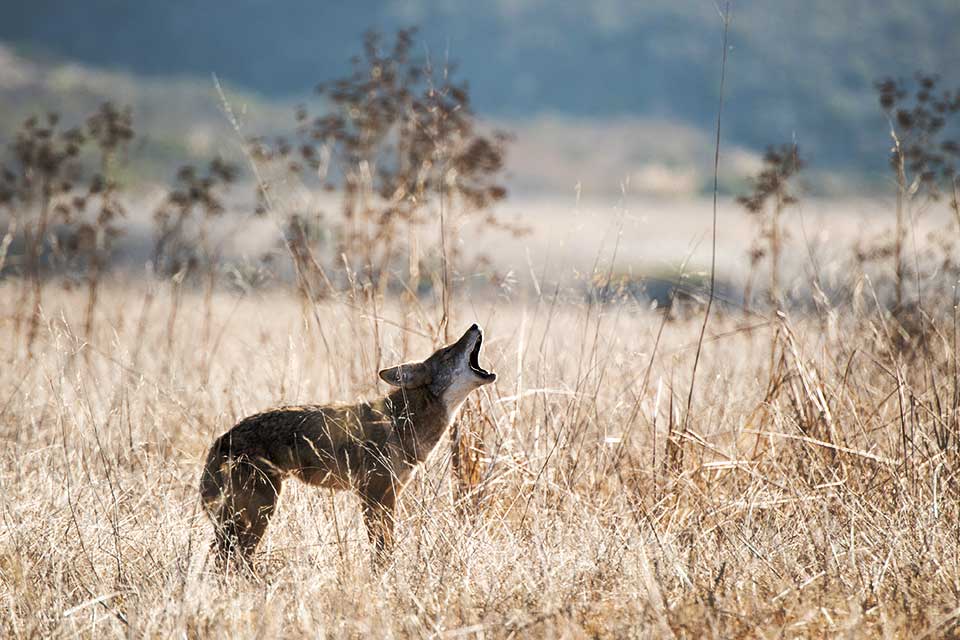 Coyote Valley, CA, photo by Teddy Miller, courtesy of the Committee for Green Foothills, 2016
Coyote Valley, CA, photo by Teddy Miller, courtesy of the Committee for Green Foothills, 2016
Less than two years ago, a 30-acre parcel of Coyote Valley was slated to become a warehouse operation; fortunately, the Peninsula Open Space Trust stepped in and purchased the land for $5.8 million.
On June 15, 2017, the Santa Clara Valley Open Space Authority issued Coyote Valley Landscape Linkage: A Vision for a Resilient, Multi-benefit Landscape, a draft report that “articulates a vision to protect and restore essential areas within the valley that are vital to ensure ecological connectivity, health and resilience to a changing climate.” The public comment period for the draft report closed on August 31, 2017, and a final report is due by the end of the year.
What You Can Do to Help
Sign the Greenbelt Alliance's petition to stop sprawl in Coyote Valley and follow "I Love Coyote Valley" on Facebook for updates, events, and urgent news.
Sign Petition